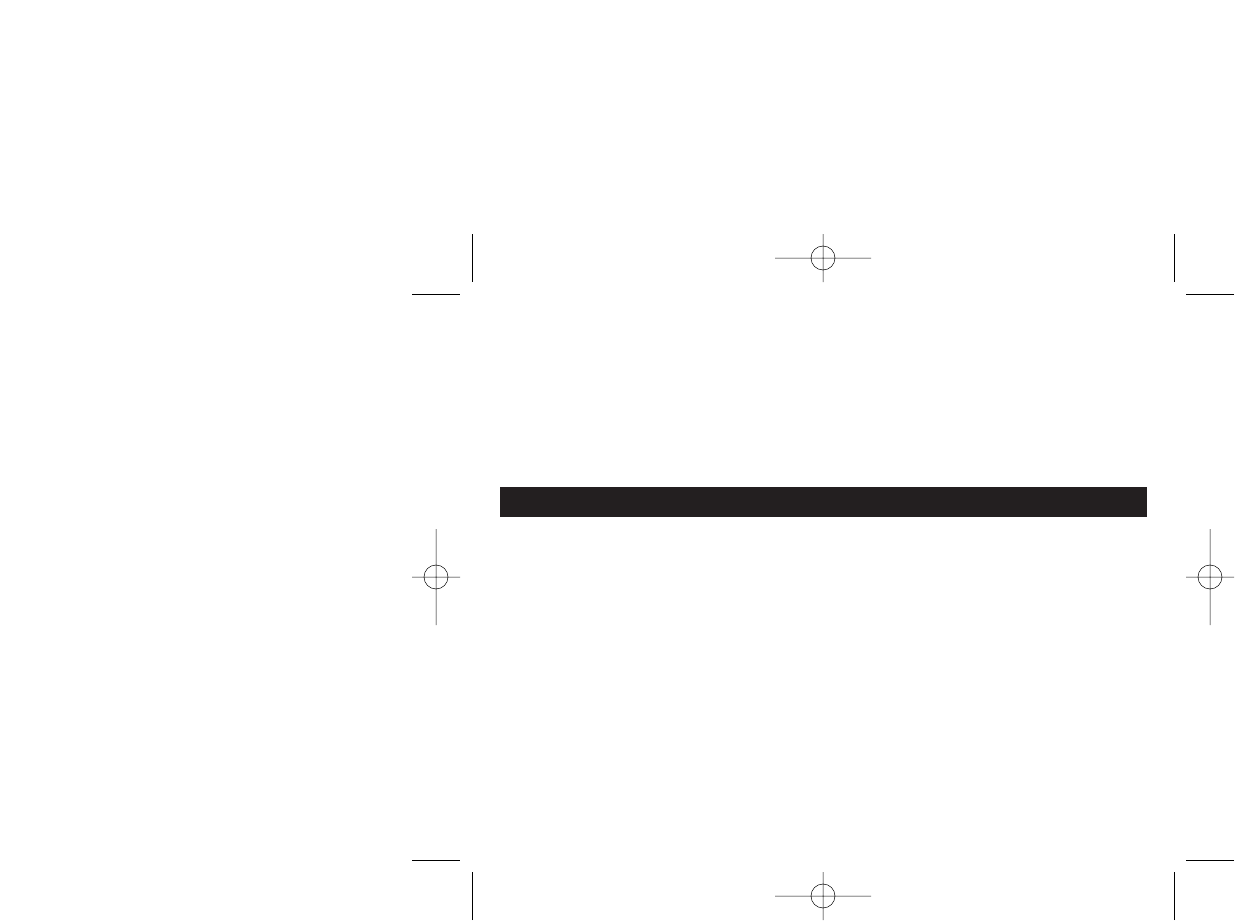
effect of dust and insect contamination, and therefore, to prolong the life of the alarm you must ensure
that it is kept clean so that excess dust does not build up. Any insects or cobwebs in the vicinity of the
alarm should be promptly removed.
In certain circumstances even with regular cleaning, contamination can build up in the smoke sensing
chamber causing the alarm to sound or fail. If this happens the alarm must be returned to us for servicing
or replacement. Contamination is beyond our control, it is totally unpredictable and is considered normal
wear and tear.
For this reason, contamination is not covered by the guarantee.
7. NUISANCE ALARMS
If an alarm sounds and you have thoroughly investigated and are sure that it is just a
nuisance alarm, simply press the Test/Hush button briefly to silence the unit for 10 minutes.
If, when the alarm goes off, there is no sign of smoke, heat or noise to indicate that there is
a fire, you should get your family into a safe place, before you start investigating.
Check the house carefully in case there is a small fire smouldering somewhere.
Check whether there is some source of smoke or fumes, for example cooking fumes being
drawn past the alarm by an extractor.
If there are frequent nuisance/false alarms it may be necessary to re-locate the device away
from the source of the fumes. If for some reason the alarm continues to sound without
smoke or heat being present (due to insect/dust contamination for example) the unit can be
silenced by disconnecting the mains power and removing the unit - see “ALARM
REMOVAL” section on page 4.
If cleaning the alarm does not solve the problem it can be returned for servicing/repair or
replacement - see “GETTING YOUR ALARM SERVICED” section on page 18.
12
B16351-R0-Ei2100 SERIES-USE.qxd 18/9/08 3:47 PM Page 12


















